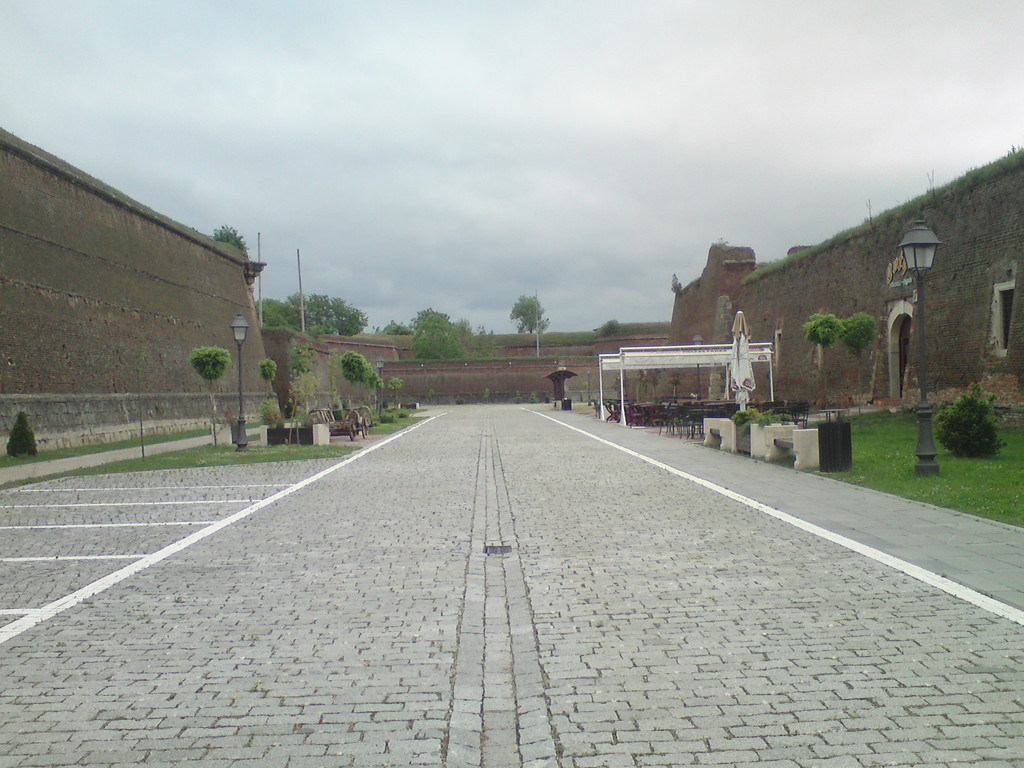In our excursion in Transylvania could not miss, of course ALBA CAROLINA Citadel of ALBA IULIA, a great place to be charmed me hopelessly. We were advise that if we had not seen it before we have to allocate for visiting at least a full day, because the city is huge and with more information that you would like to see it all.
ALBA CAROLINA has the shape of a star with seven corners, with 7 gates. It's the place where the Romans lived and their footprints are seen even today. Castra and 13TH LEGION marches of the past today tie. At the same time, superb promenade places and tracks for mountain bikers have taken the place of pits with water, which once filled the Citadel's defense.
Its gates, soldiers in uniform lined the austro-Hungarian ensure access in the largest city in ROMANIA. ALBA IULIA itself is more than just a city, it is a powerful symbol of unity, sacred to the Romans. Is the town of Coronation, at the Mihai Viteazul to King Ferdinand and Queen Marie, where each has left its mark through its imposing monuments and emblematic places of history. The location, is just 350 km of BUCHAREST, on DN1. ALBA CAROLINA Citadel the most impressive castle in the country, includes among its walls and other fortifications a lot of pictures and one museum. Her building is justified by the historical situation. After the siege of Vienna and defeat the Turks in 1683, gradually, Transylvania is occupied by Austrian troops, the last Prince of Transylvania, Michael I APAFI, dying in the year in the YEAR 1690.
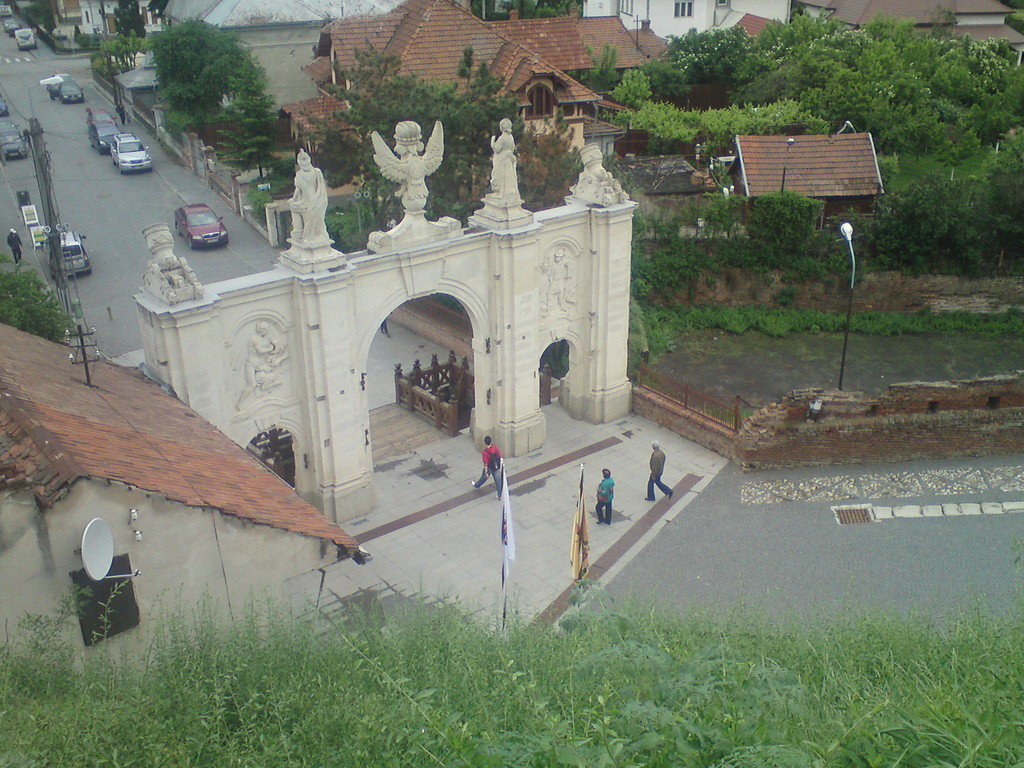
The city, extended 70 hectares, was built in the VAUBAN style, between the years 1715-1738 after plans of the architect Giovanni Morando Visconti, the Emperor Charles VI of HABSBURG in 1714, the King approved the construction of the fortress ' Alba ' Carolina ', which takes place under the command of the austriac Eugene of Savoy. The foundation stone is laid in a lavish festivities on 4 November 1715. The fortress is a fort stellar shape with thick walls, with 7 bastions and more monumental gate, built in the Baroque style, adorned with bas-reliefs depicting mythological scenes and figures made of Johann Konig.

I entered full of joy in the ALBA CAROLINA CITADEL, happy that we managed to get in a place with a strong historical and emotional charge.
Since the entry I was strongly impressed by the imese and monumental gates. At the main gate there are two very nice ladies-Guide, dressed in costumes of the which are at your disposal to inform you about the routes that you can browse in visiting the fortress and the objectives that you must not miss them.
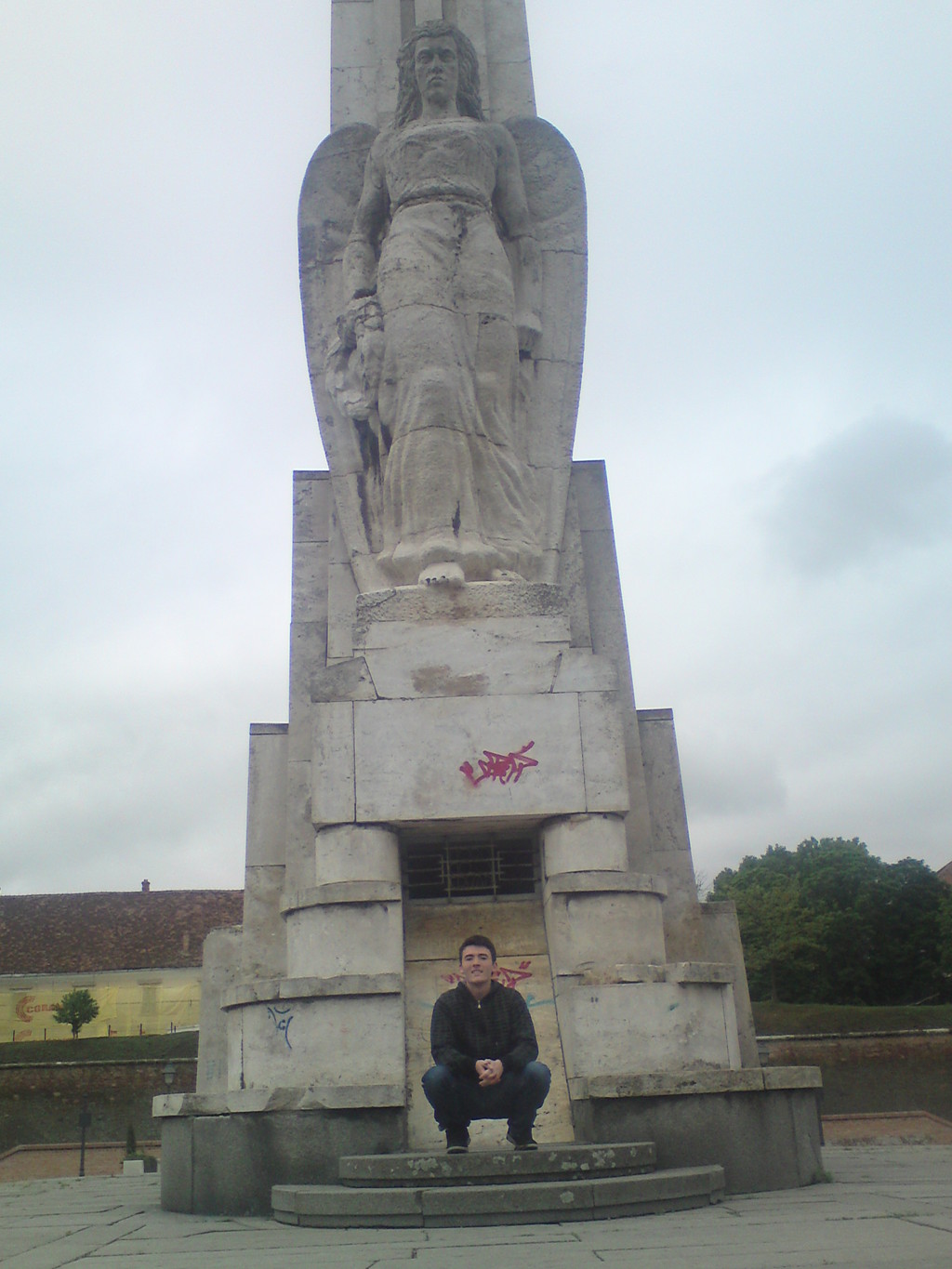
Let me to start my story with the thing that I liked most here. A clever idea to authorities, meant to delight the tourists fully enters the fortress, was the establishment of a troop of soldiers to imitate the 12TH S
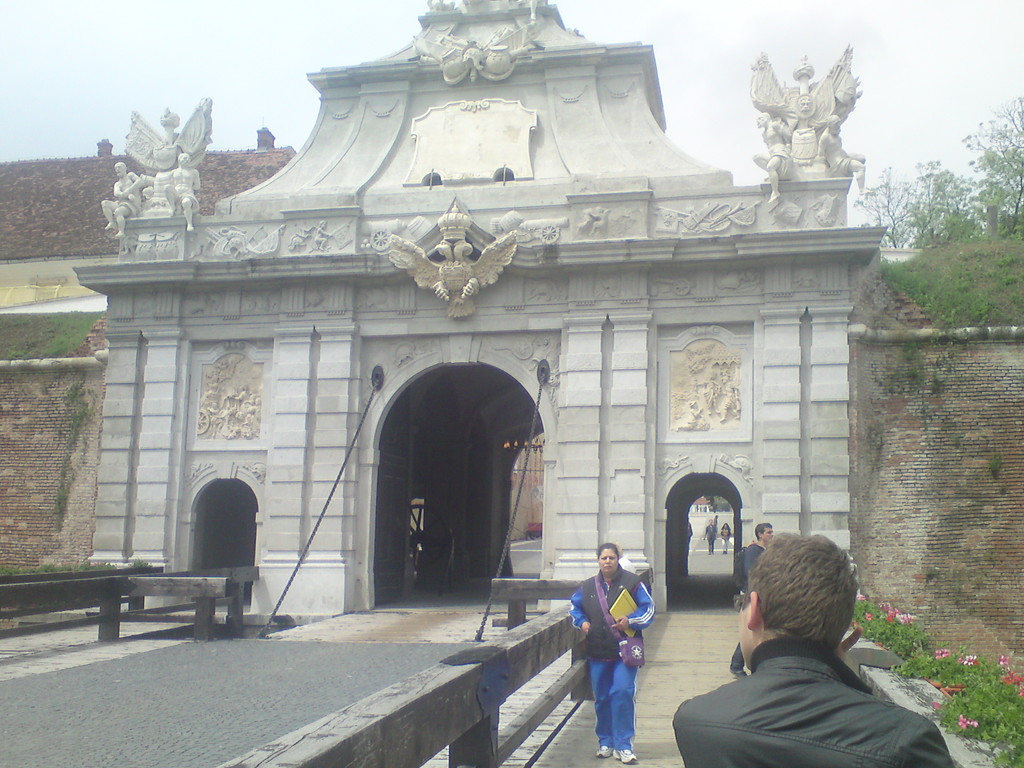
Starting from May to September, every day, at 6 p.m., in the Amphitheater at the entrance to the main fortress is organized a show in which they imitate the battle between imitata Gauls and Romans. Here, soldiers dressed in Roman armor and Dacian war outfit his uniform, then to delight spectators with the simulation of a Dacian fights! Fighting techniques and habits of the Dacians and the Romans come to life again through the phenomenon of the clothes. Frankly, this unique spectacle that I could watch ' live ' was amazing. I loved enormously beeing there for the youngsters like us ... so there's no need to recount to the delight of children! I wanted to share with you the excitement created by watching this show and I tried to shoot but I apologize for the quality of photographs (the show was a lot of noise and I filmed how I could better). Maybe it will make you curious to watch the future personal show.I assure you that you won't regret it!
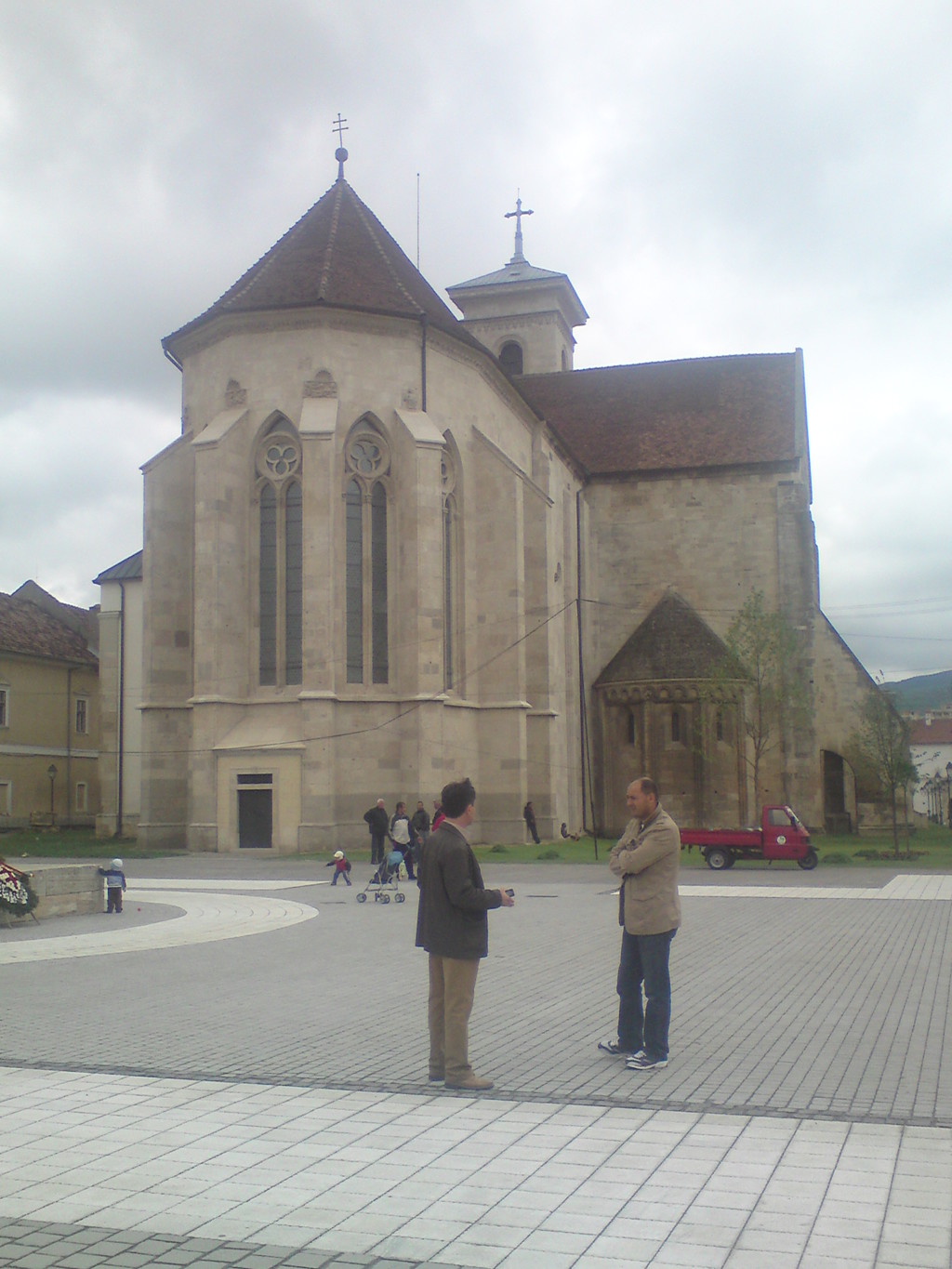
After the Amphitheater of which I recounted you to visit the CATHOLIC CATHEDRAL, located on the right side after entering the fortress. Its construction began in the 11th century, the West Portal In the right was discovered in a Church Foundation. Cathedral is considered a historical monument and holds two records: the oldest and longest (-83 meters long and 62 m tall), being exceeded in length only by the black church in Brasov is not a cathedral. Destroyed by Tatar invasion din1242, was rebuilt between 1246-1291. Inside the Cathedral, you can immediately see the right side of the funerary monuments of John Hunyadi, Governor of Hungary, his son László Hunyadi, as well as Jeanine Zapolya family, and John Sigismund, the first Prince of Transylvania.
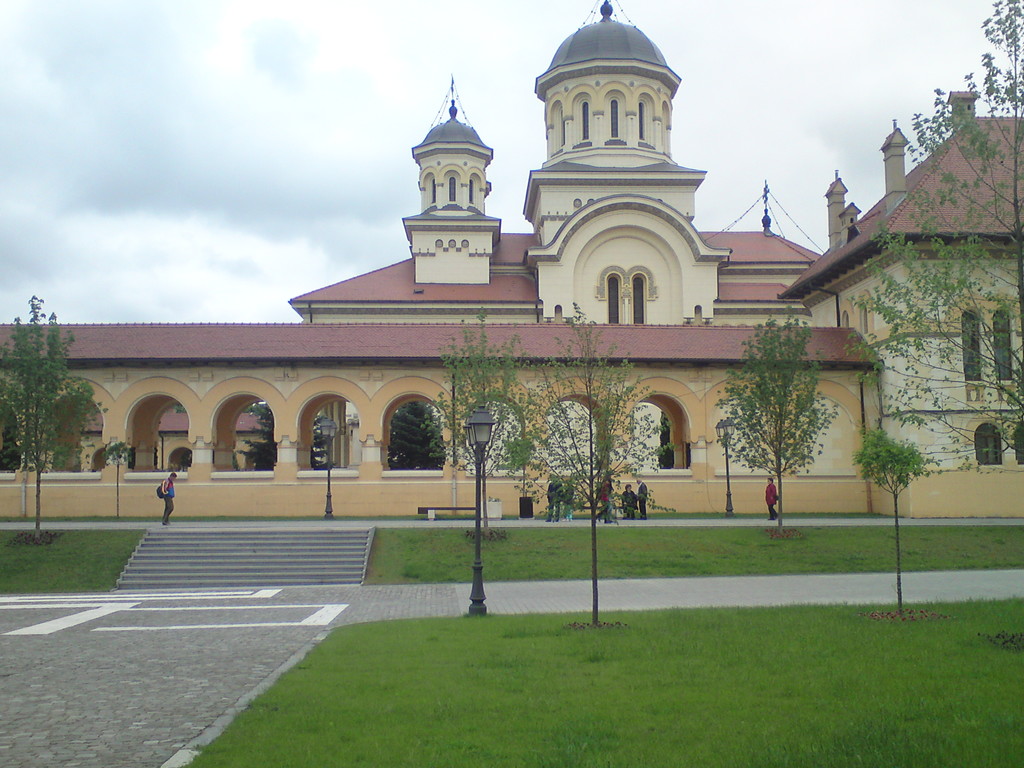
On the left side of the access road in the city, at about 10 m from the entrance there is a small museum with Roman remains, the Museum Itself is guarded by two statues of the ancient Worthies in armor. Further, we chose to follow the TRAIL of three FORTIFICATIONS where I could visit: The Money WALL: It is located at the entrance to the route the three fortifications. This location has worked since the first half of the 17th century until 1885 in ALBA IULIA .There where were beatenthe coins to gold, silver and copper, as well as the 400 coins used to betrayal of HOREA, CANNON and CASSIDY, the leaders of the revolt of the 1784-1785. It has been kept until today in that gate and the North wall, the cellars are beneath the Earth.
The SOUTHERN GATE of the REMAINS of a ROMAN LEGION XIII GEMINI was the founder of the roman castrum, built in the year 106 in military, economic and administrative. The fortification, located at the intersection of the main ways of communication that ensured the connection with ULPIA TRAIANA SERMISEGETUSA and provincial cities, is located in the middle of the defensive system of Dacia. Camp has been designed in a quadrilateral shape with sides equal to the Interior with an area of 37 hectares. The castrum could penetrate four double gates, one for each side. Nowadays you can visit the only gate PORTA PRINCIPALIS DEXTRA South, this being the only preserved up to the present. descripeti system having a wheel for easy lifting. The city was once surrounded by a wide ditch filled with water coming into the Fort impiedicarii doomed to enemies.

It is a perfect place to go for a walk, to take great pictures and to relax.
Further ARTILLERY PLATFORM, situated between EUGENE of SAVOY stronghold and SAINT STEPHEN, you can admire the three guns of the era used in the past to protect the grooves and the fortress walls. Here, using 18th century tehniica artileristii execute volleys of cannonballs in each Saturday at 12.10.
CAPONIERA has the shape of a wall that crosses the covered galleries of EUGENE of SAVOY and the bastions of SAINT STEFAN. at the time of the bastionara have a military role, a defensive deflection protect this element of soldiers who routinely crossed the trench towards ravelinul of ST FRANCIS of PAOLA. In our times, here lies the body of guard artillery battalion and an exhibition gallery with pictures of the restoration of the gates.
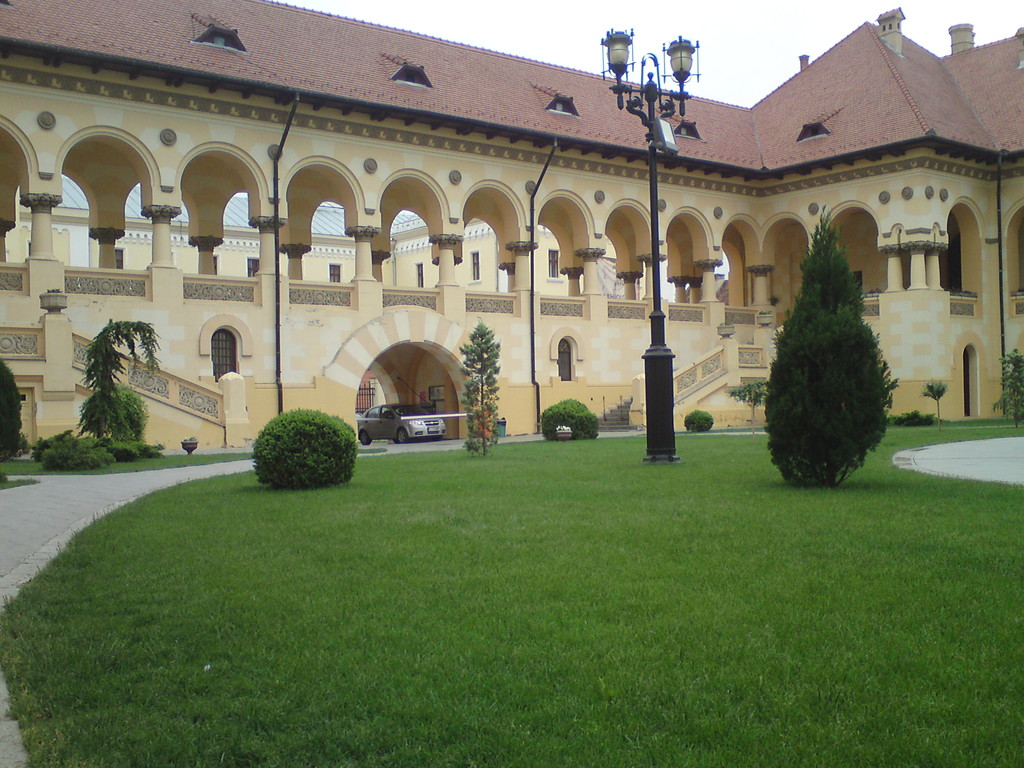
Inside the fortress you can find MEDIEVAL HOTEL accommodation, a hotel located in the historic monument-building, 300-year-old, what keeps the architectural features of the 17TH century. Here the staff wears suits of the era and the post of majordomo you will find everything a soldier dressed in Austrian military outfit that will give honor upon arrival and departure. The hotel has 28 rooms with epoch furniture and views of the three fortifications. From the window of the rooms can be chased ceremonial Cannon salvoes execution. The hotel offers its guests two restaurant rooms and a lounge. Medieval Hotel has a terrace where you can eat admiring what reveals a conspicuous city of ALBA IULIA to be seen from above. The ancient atmosphere of this hotel is perfect, but you want to know prices for accommodation? ... Double room can be obtained at a price of 50-80 euro per night and an apartment at 70 euro per night.
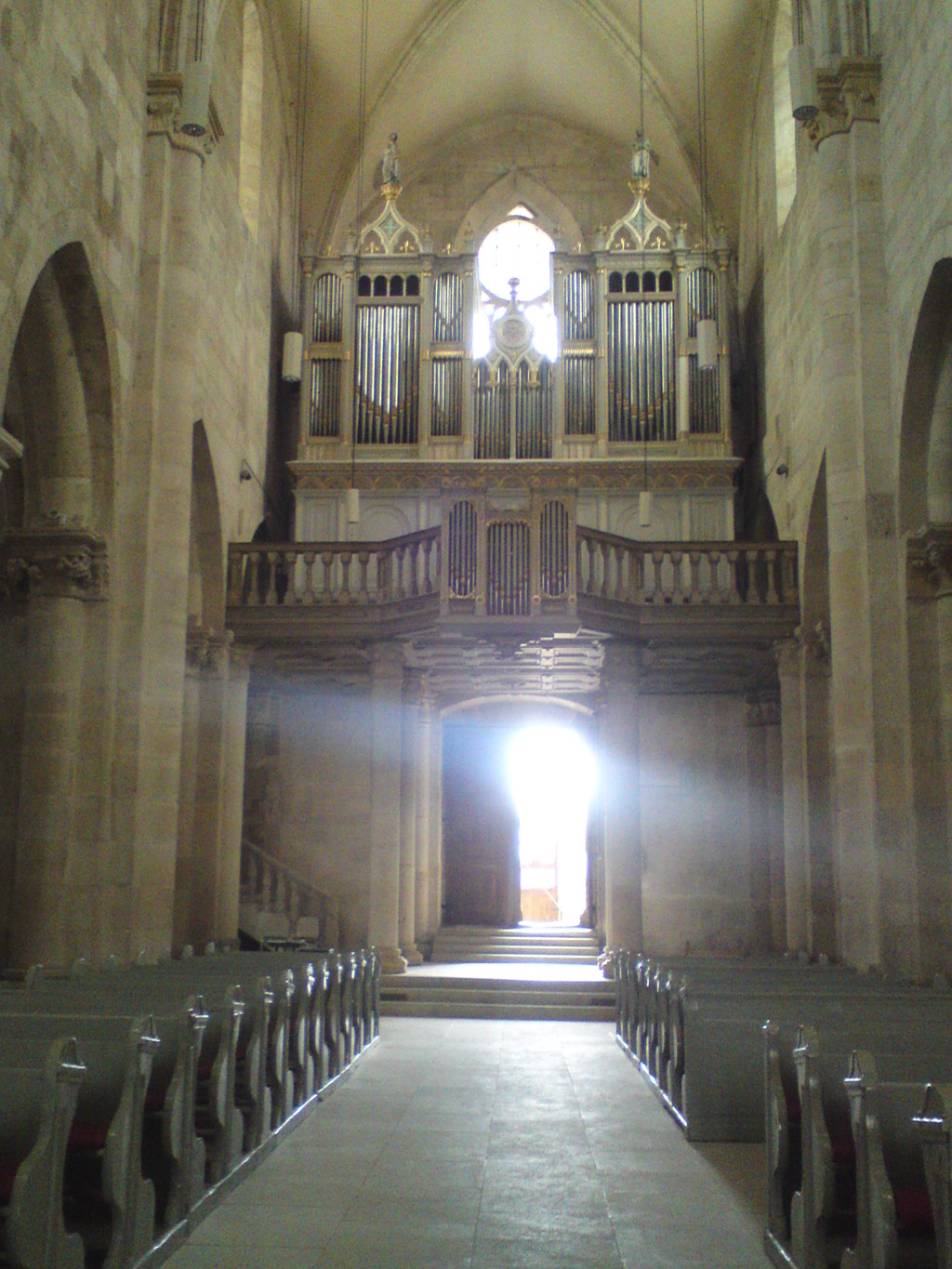
To strengthen the security of medieval fortress, ALBA IULIA, Transylvania GABRIEL Bethlen (1613-1629) has decided to build four bastions. The final plan resulted in the construction of two towers: BETHLEN Castle, located on the southern side of the fortress and the SAXONS BASTION located southeast. Unfortunately, at present it can be visited only the latter, where, in those times were hosted rooms of the fortress garrison guard. In the 17th century the SAXONS received BASTION ' function ' of ' old ' cavalier being equated by the Austrian military authorities in the new defensive scheme bastionar of VAUBAN. Inside bstionul comprises four halls.
- ARMORIAL HALL located at the southwest corner of the room in turn served the guard then bakery. Today has been restored to its smoothness of appearance of the guard room.
- ROMAN VESTIGES HALL called so because one of its walls belonged to the roman camp that overlapped with the medieval fortress walls.
- The KNIGHTS TEMPLAR, the former Central guard room bastion, the current seat of the ' Comanderiei ' of Iancu de Hunedoara, Alba Iulia.
- The fourth is CAPITULARA Hall but I have already talked abput it.
After restoration, the room was decorated with items of furniture, weapons, flags and symbols of the Knights Templar.
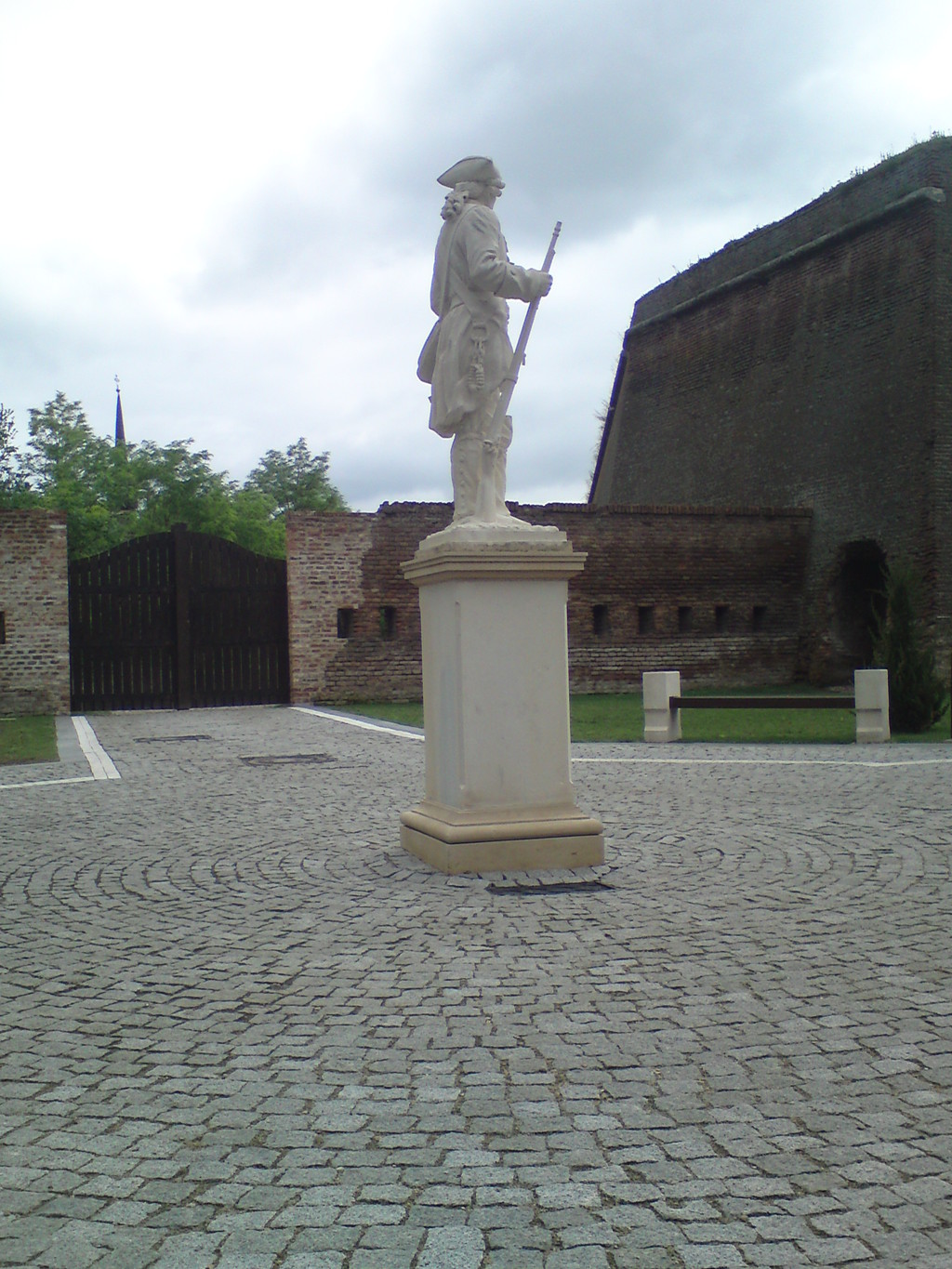
I hopeI did not got you borred but I have sparked your curiosity to such an extent that you will want to visit the city, you don't know yet. And we, who have already visited will remain forever fascinated by it and certainly we will want to review it all!
